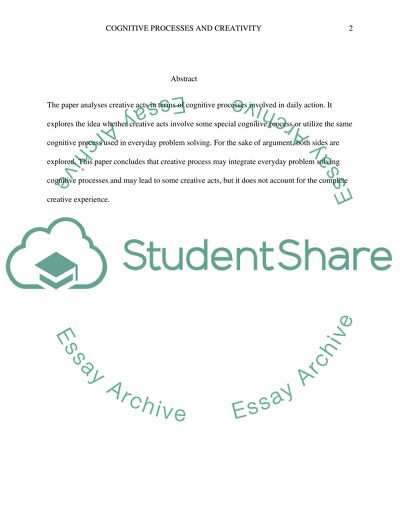Cite this document
(“Cognitive Process Used in Creativity Research Paper”, n.d.)
Retrieved from https://studentshare.org/psychology/1428486-cognitive-processes
Retrieved from https://studentshare.org/psychology/1428486-cognitive-processes
(Cognitive Process Used in Creativity Research Paper)
https://studentshare.org/psychology/1428486-cognitive-processes.
https://studentshare.org/psychology/1428486-cognitive-processes.
“Cognitive Process Used in Creativity Research Paper”, n.d. https://studentshare.org/psychology/1428486-cognitive-processes.


